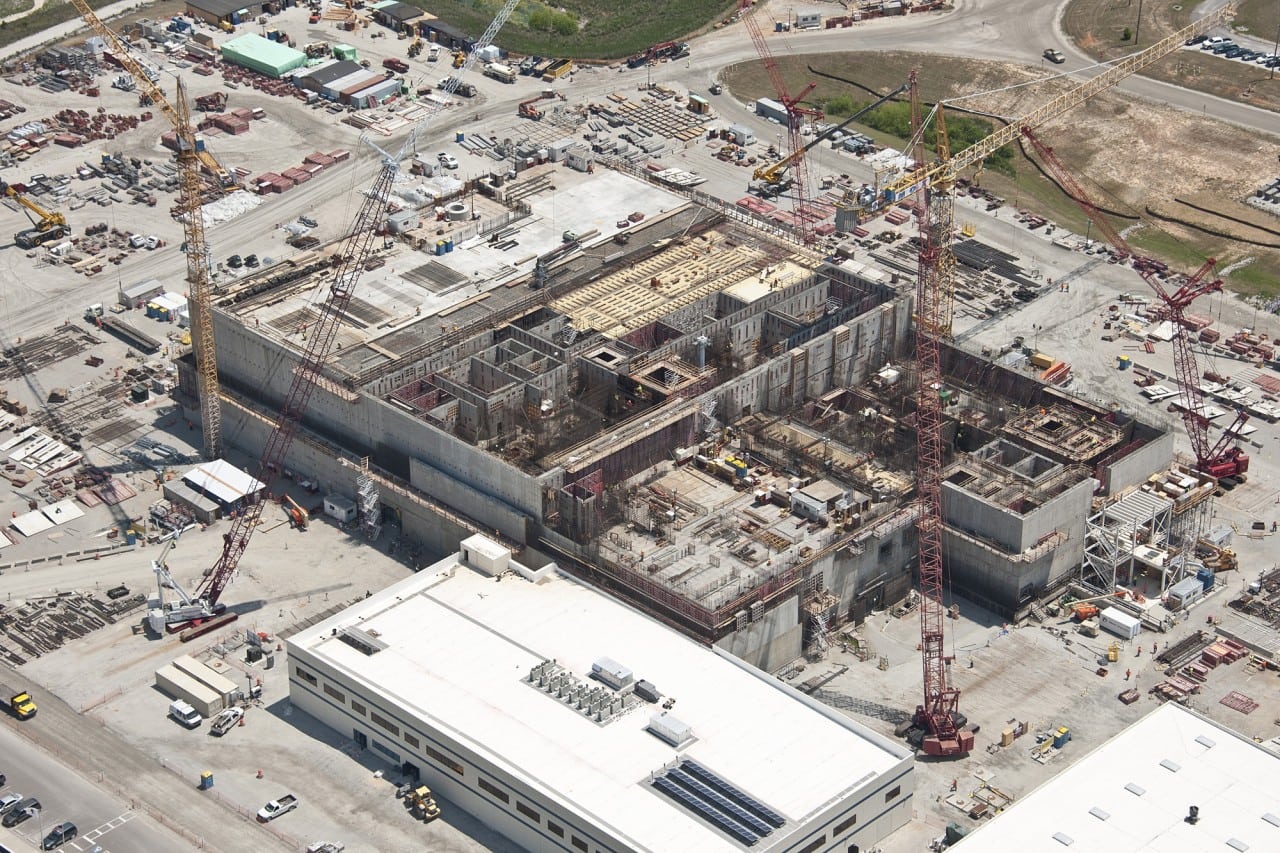
Members of Congress on Thursday challenged the Department of Energy’s (DOE) decision to terminate the Mixed Oxide (MOX) Fuel Fabrication Facility project in favor of a different plutonium dilution and disposal approach. The facility is being constructed to convert 34 metric tons of weapon-grade plutonium into commercial nuclear fuel under a U.S.-Russian nonproliferation agreement.
Rep. Rob Bishop (R-Utah), at a House Armed Services Strategic Forces Subcommittee hearing, cited directions given in the fiscal 2016 National Defense Authorization Act (NDAA) for the provision of an updated performance baseline for the project as part of the DOE’s budget justification materials for its fiscal 2017 request. The baseline would inform Congress of progress in the construction of the facility via cost and scheduling markers.
“How are you now disregarding the direction that was given you in the bill, in the law, in terminating this project?” Bishop asked National Nuclear Security Administration (NNSA) Administrator Frank Klotz.
Klotz said that although the NNSA plans to continue construction of the facility through the end of fiscal 2016, the agency has decided to terminate the program because analyses conducted in recent years have offered faster, cheaper alternatives for the disposal of excess weapon-usable plutonium.
“You have given us no specific cost estimates. There is no methodology,” Bishop challenged. He said the NNSA has “no ability to close this facility” and that “it seems to me that once again, the administration is clearly bypassing the intent of Congress and not giving us the data that was required before you make that change in direction.”
In its fiscal 2017 budget request, the administration is requesting $285 million for a changed approach to disposing of surplus weapon-usable plutonium, a significant reversal from the $340 million currently appropriated for the facility at the Savannah River Site in South Carolina. Late last year, Congress pushed for an updated cost assessment of the facility following an independent review that estimated the life-cycle expense of the project would be $51 billion.
Secretary of Energy Ernest Moniz said at a budget request rollout event this week that the project, “with a lifetime cost certainly north of $30, probably $40 billion, with a need for an additional, say, half a billion dollars a year for decades, just does not look to be affordable.” He said the dilution approach is a lesser technical challenge, “and we believe is less than half the cost even going forward.”
During the hearing, Bishop asked Klotz if there would be a stop-work order on the project “before Congress gets to once again reaffirm what we want you to do,” to which Klotz reaffirmed that construction will continue but that it remains unclear whether a stop-work order will be issued.
Highlighting last year’s NDAA language in his demand for an updated project baseline, Bishop said, “any deviation from that would be problematic at best.”
Rep. Joe Wilson (R-S.C.), whose district includes the Savannah River Site, recalled a November 2015 memo from Moniz to President Barack Obama that argued a shift in plutonium disposition strategy would require a renegotiated plutonium management disposition agreement with Russia. The 2000 deal calls for both nations to eliminate 34 metric tons of surplus plutonium, with MOX as the agreed-upon pathway for the United States. The problem with a different strategy, Wilson said, is the uncertainty surrounding concessions Russia may ask the U.S. to make.
Klotz argued that the U.S. is committed to disposing of the 34 metric tons of the plutonium as originally agreed and later noted that the deal allows for an alternative approach. “We can engage in a discussion with the Russians about this particular issue,” he said.
Klotz said that it could take 18-24 months and several million dollars to conduct a performance baseline. Even so, he said, “our sense still is . . . that the dilute and dispose option is still a much less expensive and a faster way of disposing of this excess weapons-grade plutonium.”
Wilson echoed Bishop’s call for an updated performance baseline and argued that “this committee should reject the president’s proposal to terminate and we should continue to move forward with construction to convert weapons-grade plutonium into green fuel.”